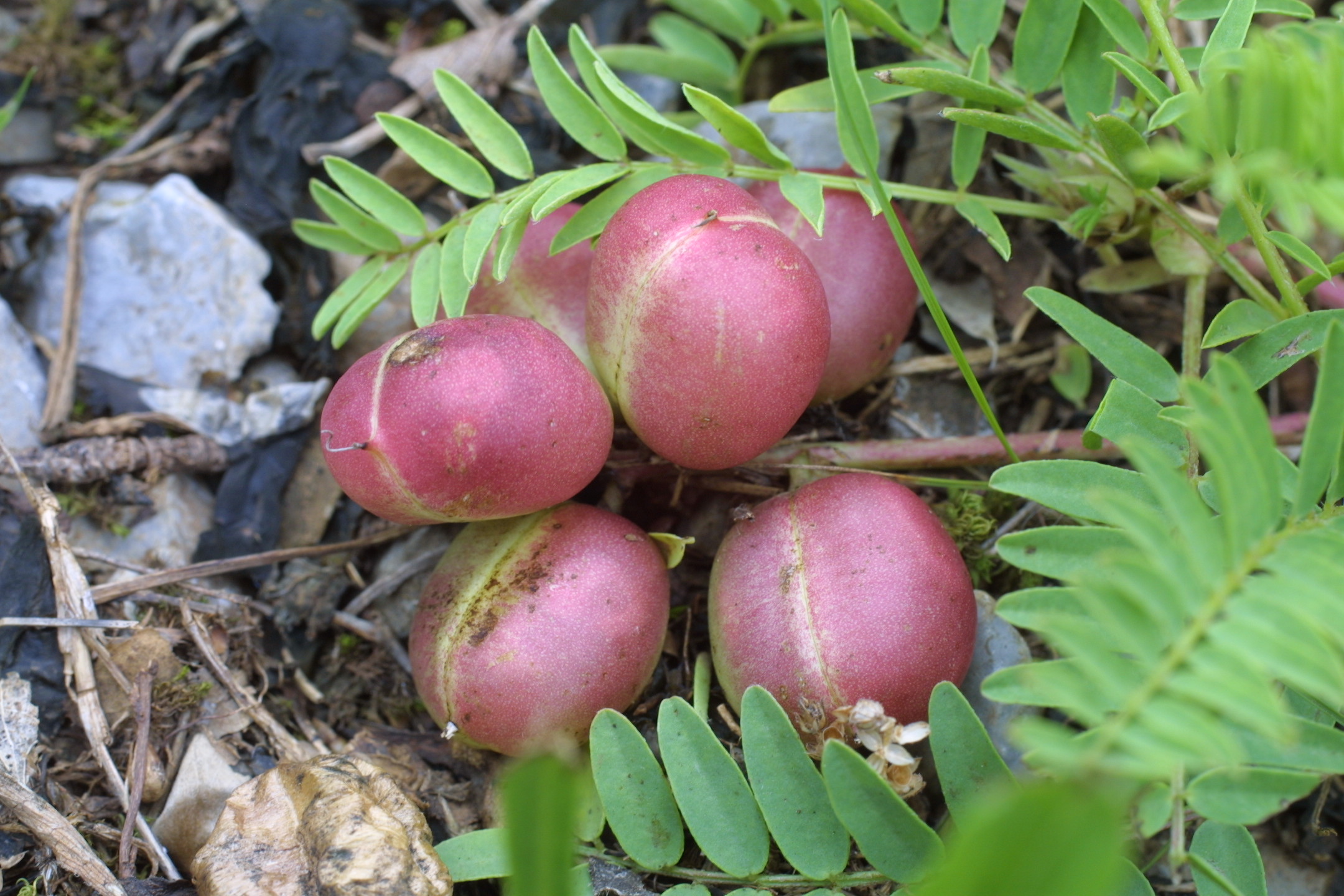Peter H. Raven, Ph.D.
Peter Raven, Ph.D., is a world-renowned plant biologist and advocate for biodiversity and plants. It is no surprise that, after retiring from being President and Director of Missouri Botanical Garden, Dr. Raven continued to work towards saving plants by moving CPC forward as its chair, only retiring from that position this year. Dr. Raven has been instrumental in advancing CPC, just one of his many areas of accomplishment through the years.
Where did you grow up? What is your favorite hometown plant?
I grew up in San Francisco, CA. The many species of the genus Clarkia remain my favorites from California.
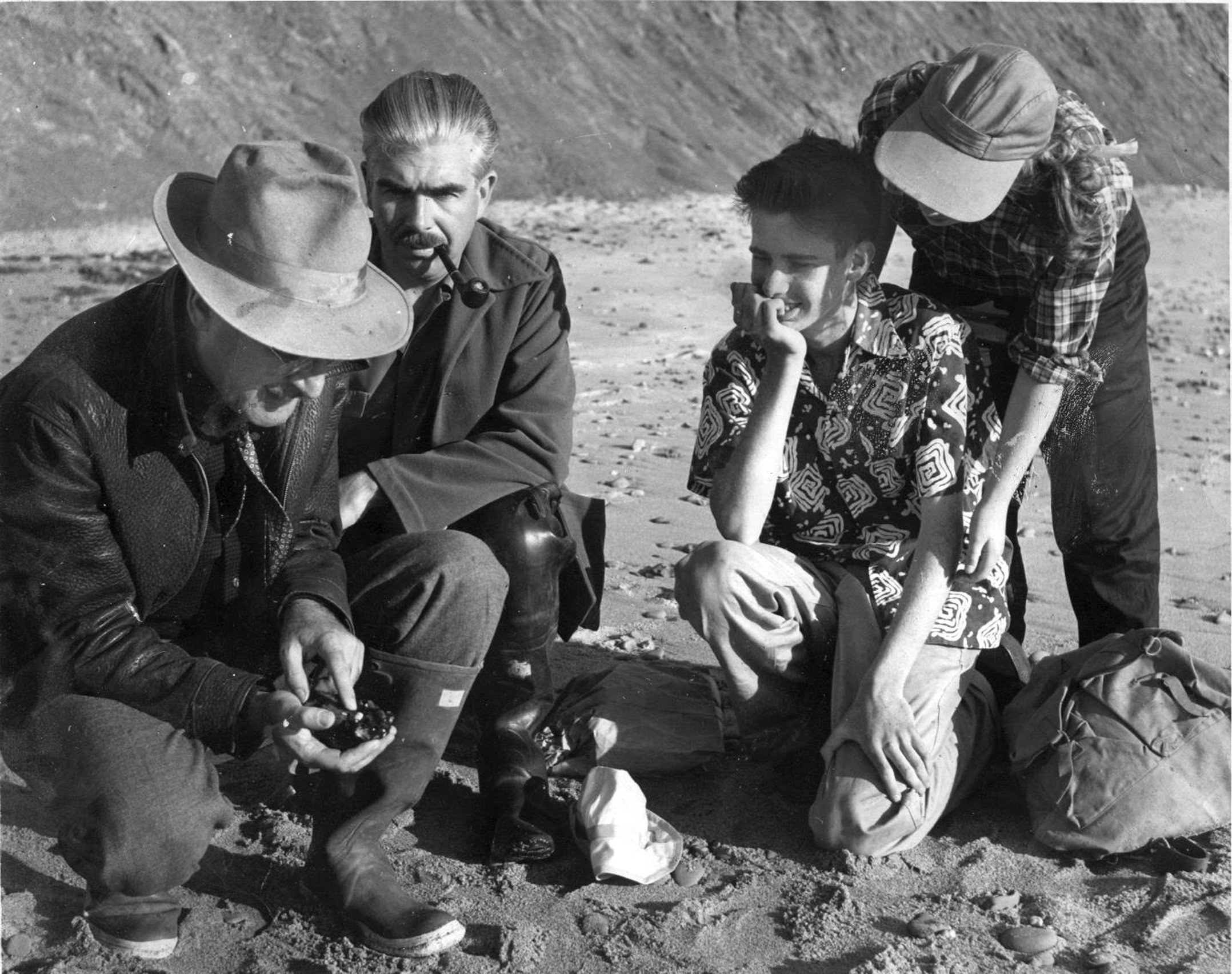
When did you first fall in love with plants?
Insects actually caught my attention first, but at about 8-years old plants got my attention, too. All of natural history was a fascinating book for me, as I explored the city and neighboring areas. I was a member of the Student Section at the California Academy of Sciences from age 8 onward, and the scientific departments were very encouraging to students of all ages. Beetles were my first passion, but when I learned that Jepson’s manual covered all of the State’s plants, finding them could became a most enjoyable game – and finding new locality records the best part of it. Alice Eastwood, and then later John Thomas Howell, were my mentors, and the love of plants that they helped instill brought me interest and pleasure for the rest of my life.
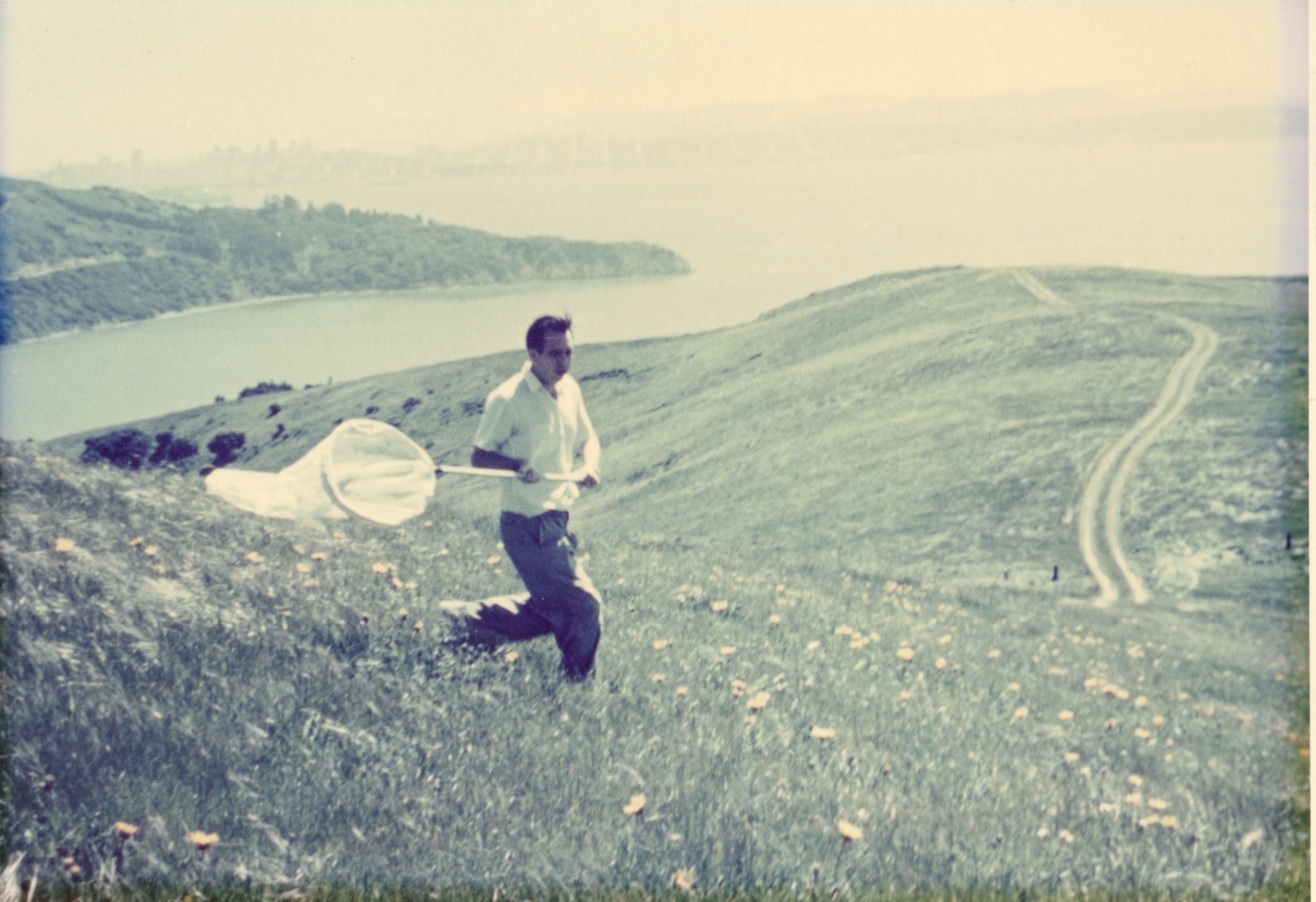
What was your path to becoming Director of a botanical garden (i.e., education, career path)?
I followed up my A.B. at UC Berkeley with a Ph.D. in botany from UCLA. After teaching at Stanford University for 9 years, I came to Missouri Botanical Garden in 1971 at age 35 to serve as the Director, and later President. The directorship is a joint position with Washington University in St. Louis. In this capacity, I built and ran a worldwide program for plants with more than 50 research scientists for 39 years, until retiring in 2010.
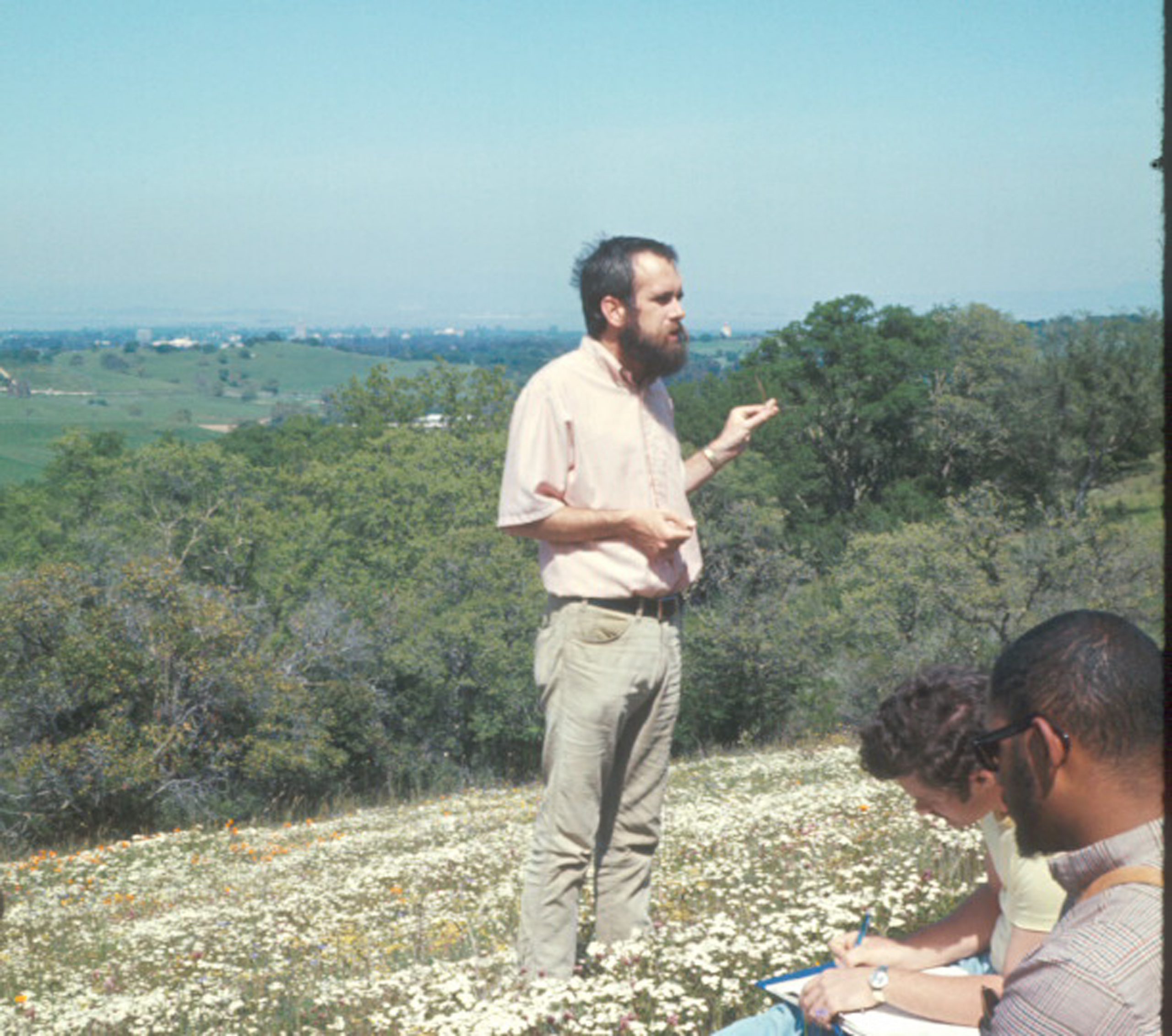
When did the garden you were director of become a CPC participating institution? Please share the impetus for joining CPC.
I had Missouri Botanical Garden join when CPC formed in 1984. I thought it was a good idea to better organize our overall conservation program efforts in the U.S., so that as few species as possible would “fall through the cracks” and be lost. With CPC, we have built a strong unit on preserving plants in Missouri and some of the neighboring states, just as envisioned by the founders.
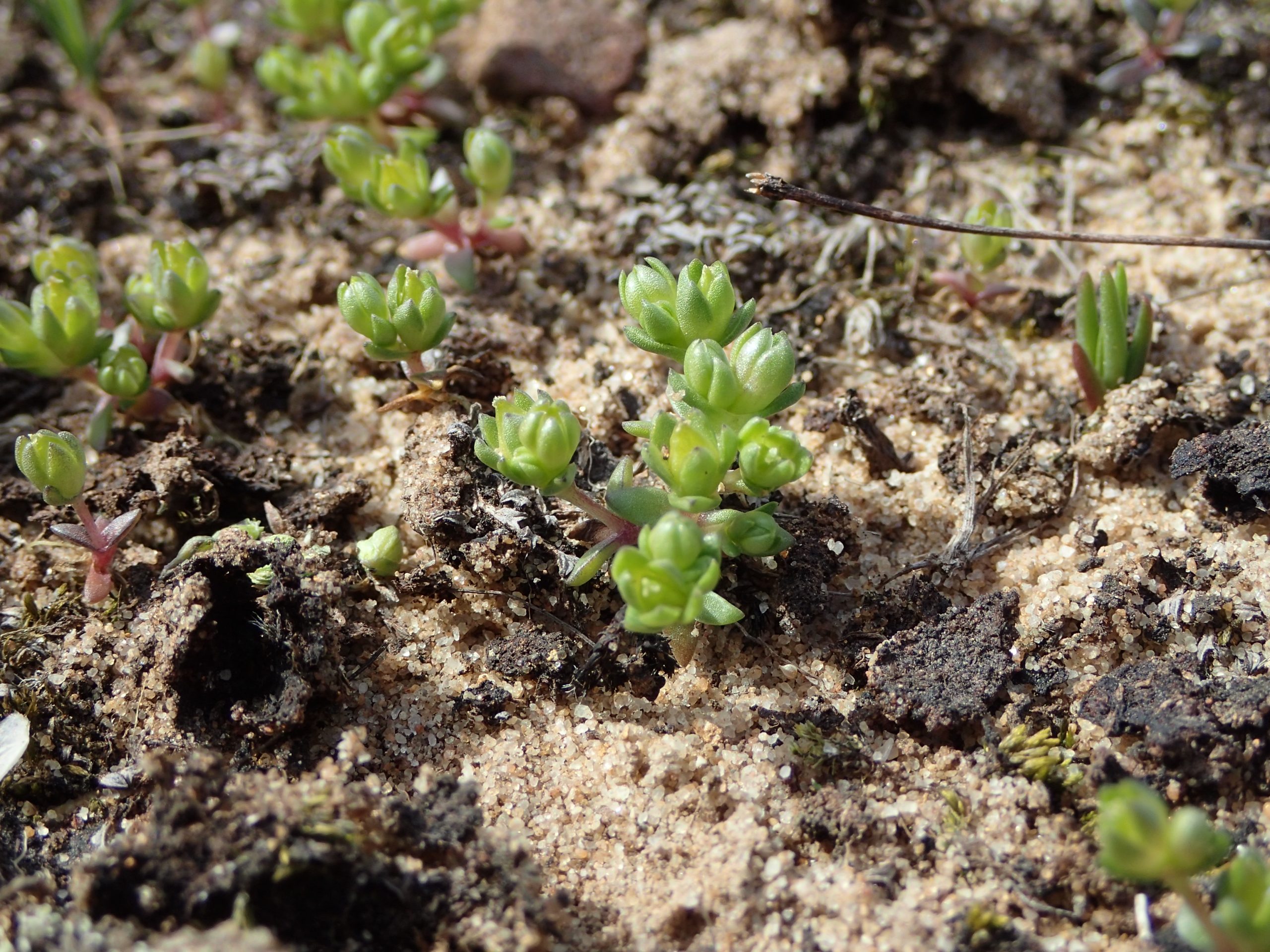
What aspect of your garden and its work are you most proud of?
During my tenure, we were able to expand our research program and herbarium to reach a level equal to the best in the world. In Latin America, Africa, and Asia, our botanists have been active and productive. Through projects such as the Flora of China, Flora of North America, Flora Mesoamericana, and many others that we organized and pursued jointly, we have helped stimulate the addition of a great deal of knowledge about the plants of the world. I am proudest of getting tax support for the first time. Now, this financial resource makes up about $12 million of our $40 million annual budget. Working up public interest in the Garden from an already high level, we were able to accomplish this major step forward in the early 1980s, a decade after my arrival.
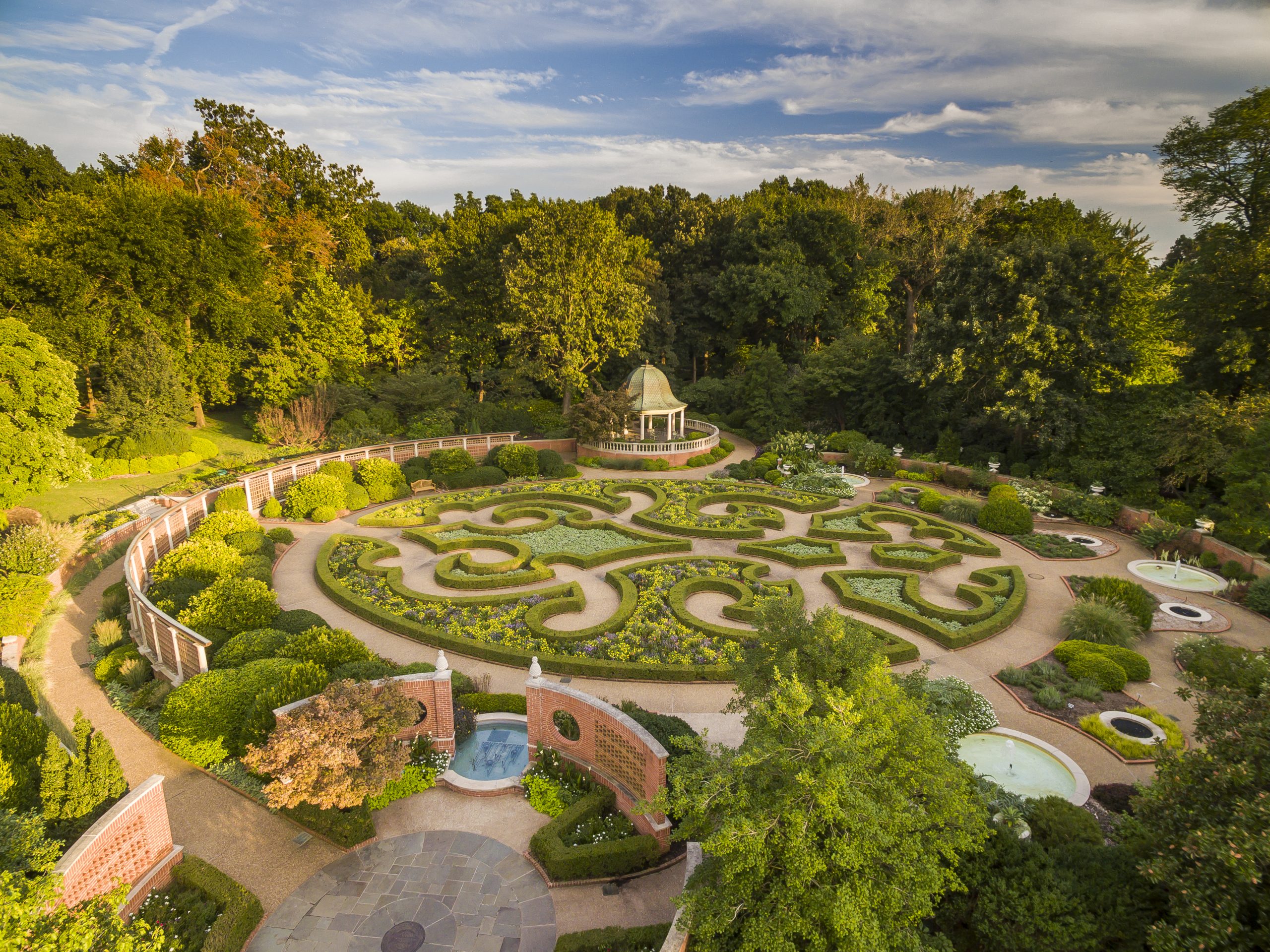
What is your favorite National Collection species?
Robbin’s cinquefoil, Potentilla robbinsiana, is one of CPC’s success stories. The small, almost stemless, alpine perennial with beautiful yellow flowers was known from only three populations in the White Mountains of New Hampshire. With populations declining, the New England Wild Flower Society, a CPC Participating Institution, stepped in. The species has largely recovered and was removed from the endangered species list.
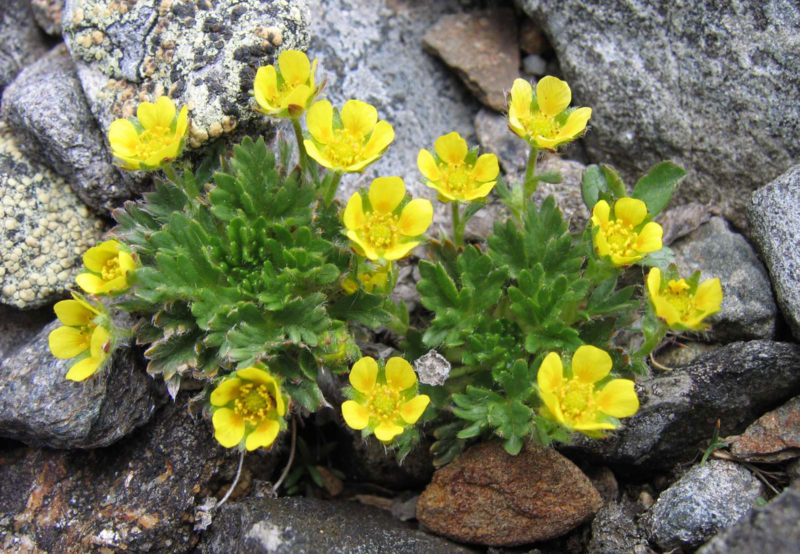
Why do you think it is important for Garden Directors to be represented on the Board, what prompted you to agree to become a Trustee for CPC, and what unique perspective do you think you bring to the board?
We bring special knowledge of the practical part of conservation and help to make sound judgments for the overall program. After bringing the organization to Missouri and shepherding it here for 21 years, I retired from the Garden and then joined the CPC Board, eventually becoming Chairman. Public concern about conservation has grown during this period, and my 26 years of close association with the CPC have seen the Center respond and adapt continuously.
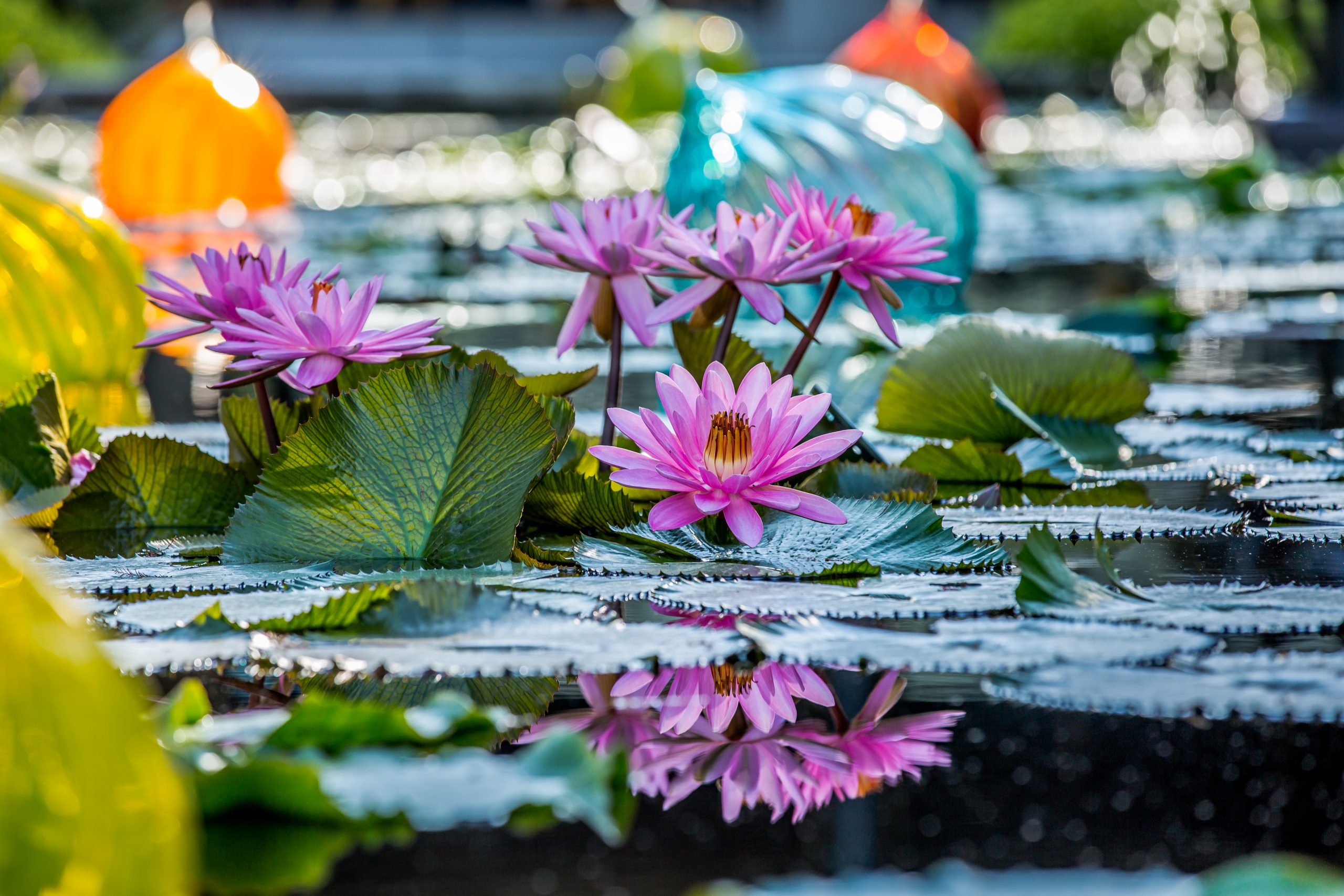
What excites you the most for CPC moving forward?
Conserving all of imperiled U.S. and Canadian plants in the National Collection, spreading the word better, and increasing awareness of the importance of plants not only for our survival, but for the enrichment of our lives.
